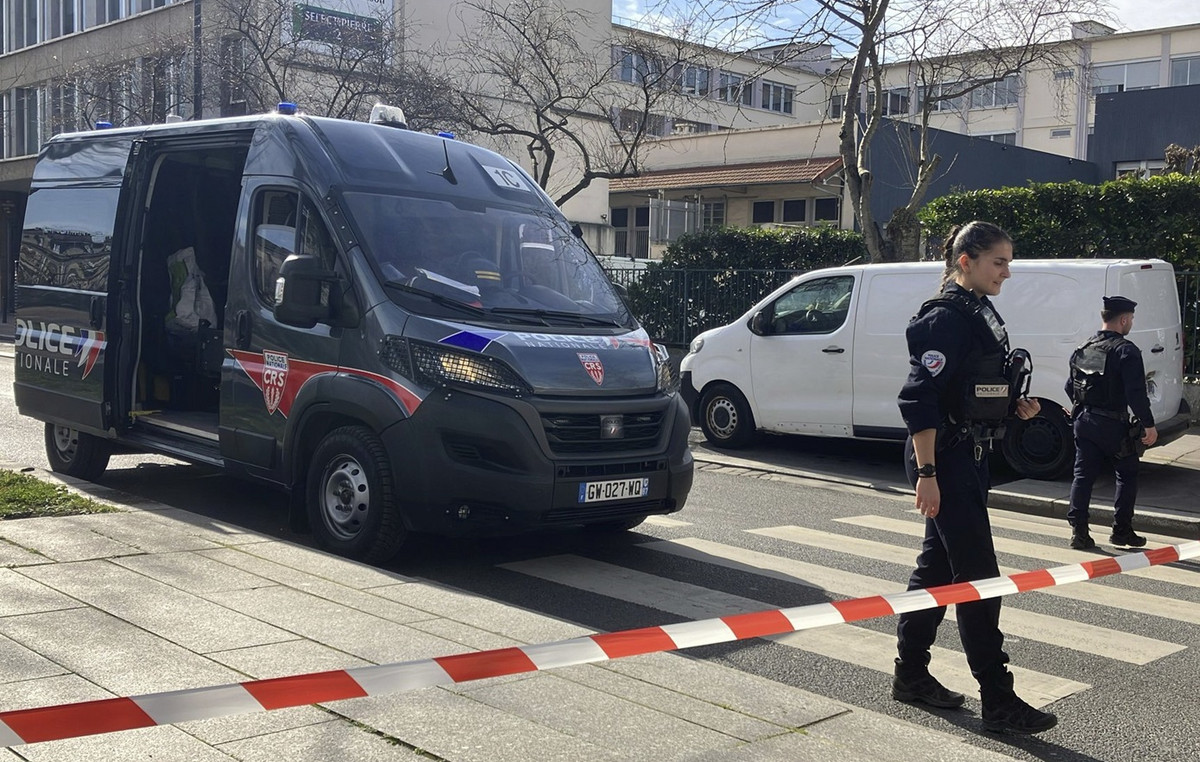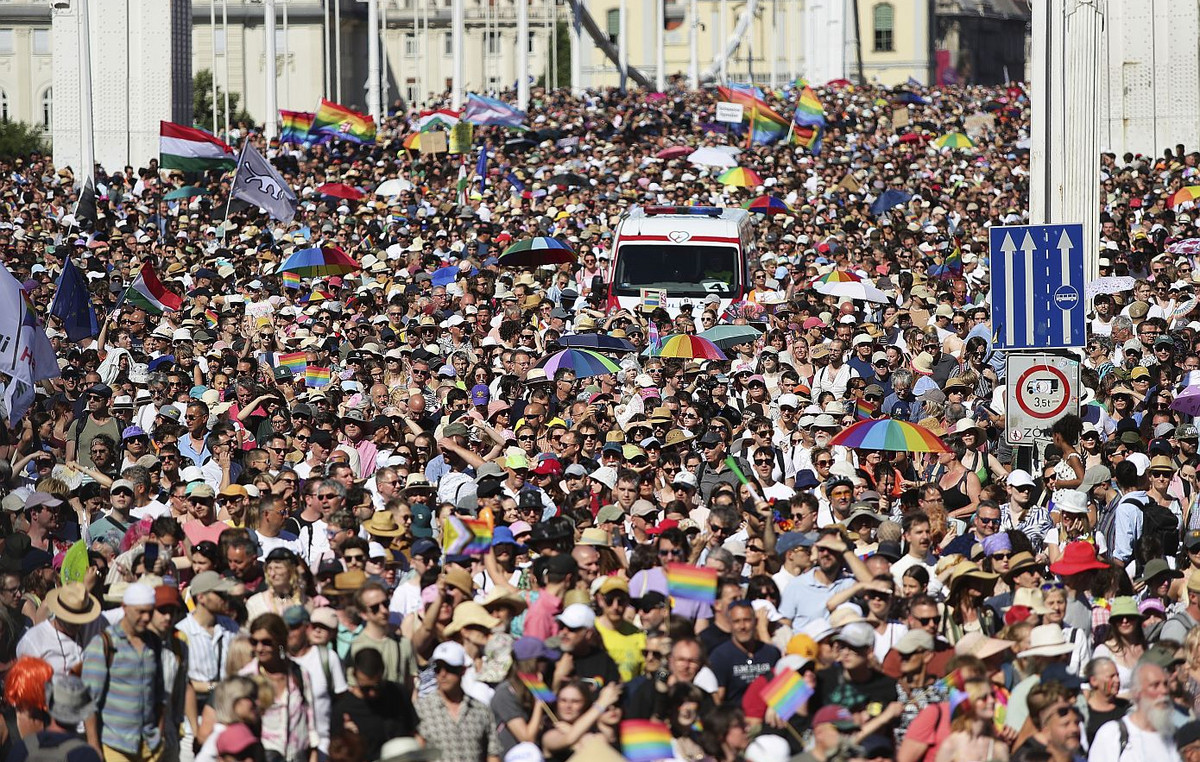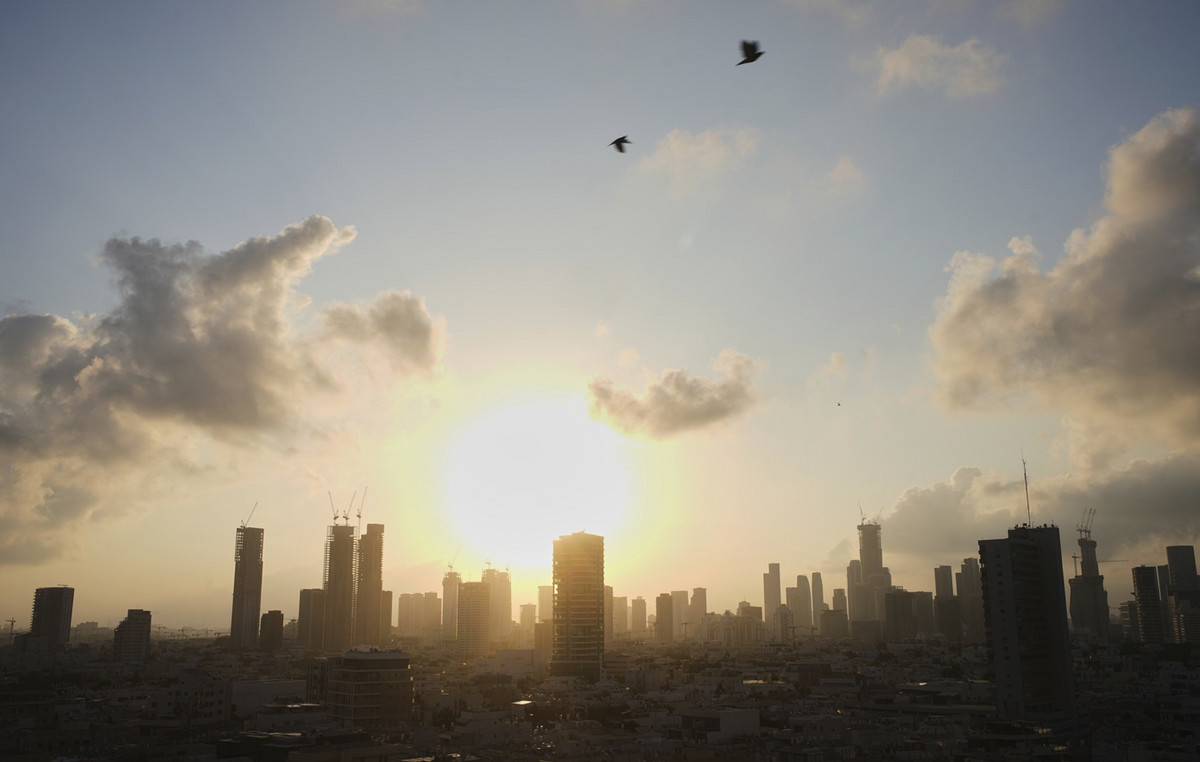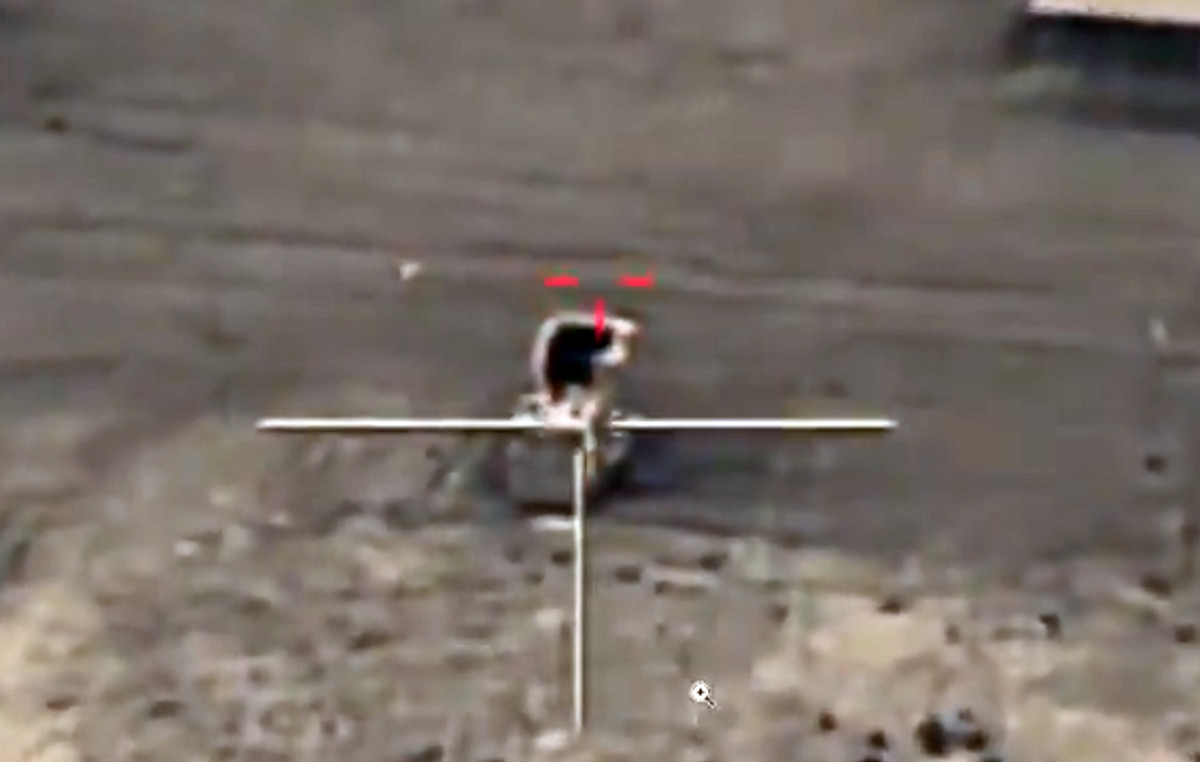Israel will send residents of the Gaza Strip who work in the country back to Palestinian territory, the Israeli Security Office announced on Thursday (2), adding that it would also cut contact with the region.
Before the Hamas terrorist attacks and kidnappings on October 7, around 18,000 residents of the Gaza Strip were allowed to enter Israel and work, where they could earn significantly more.
“Israel is cutting off all contacts with Gaza. There will be no more Palestinian workers. The workers who were in Israel on the day the war broke out will be returned to the Gaza Strip,” said the government press office.
The statement did not detail how or when workers would return to what is now an active war zone, bombed hundreds of times a day.
The cabinet also said it would deduct funds earmarked for the Gaza Strip, including funding from the Palestinian Authority – a separate government body with limited autonomy in the West Bank – that would go to the territory.
Over the past few years, Israel began issuing thousands of work permits for Gazans to cross into Israel as part of an economic incentive strategy that Israeli authorities hoped would encourage the enclave’s residents to distance themselves from Hamas.
Palestinians in the Gaza Strip and the West Bank told CNN last month that obtaining a work permit for Israel allowed them to become heads of households.
Many are the only members of their families with a job, and the salaries they earn in Israel are often higher than anything they could earn where they live.
Following Hamas terrorist attacks on Israeli soil, which killed 1,400 people, most of them civilians, the Israel Defense Forces (IDF) closed all access to the enclave and many Gazans working in Israel were trapped.
“I always wanted this license because the situation in Gaza is very serious. The financial situation, the debt… the economy is zero. There are no job opportunities,” he said. Ismail Abd Almagid The CNN last month, adding that he was unemployed until he obtained the permit.
Unemployment levels there are among the highest in the world, with almost half the population out of work, according to 2022 UN data. More than 80% of the population lives in poverty.
“For at least the last decade and a half, the socioeconomic situation in Gaza has been in steady decline,” the United Nations Relief and Works Agency for Palestine Refugees in the Near East (UNRWA) said in August.
See also – Analysis: The Israeli Army’s advance on Gaza
For almost 17 years, Gaza was almost completely isolated from the rest of the world, with severe restrictions on the movement of goods and people.
The 140 square kilometer territory is governed by Hamas but blockaded by Israel and Egypt since 2007 and relies heavily on imported fuel and electricity to run all its services.
In response to Hamas terrorist attacks, Israel imposed a “total siege” on the Gaza Strip and prevented all food, water, medicine and fuel supplies from entering, deepening a humanitarian crisis.
Israeli airstrikes killed more than 9,000 people, half of them children, and injured about 22,000, according to data released Thursday by the Palestinian Health Ministry in Ramallah, which is based on sources in Hamas-controlled territory.
Humanitarian organizations have described catastrophic conditions in which civil order begins to crumble and have issued increasingly urgent calls for a ceasefire to allow desperately needed aid into Gaza.
The Commissioner General of UNRWA, Philippe Lazzarini said on Wednesday, after returning from Gaza, that “the scale of the tragedy is unprecedented.”
“The levels of distress and unsanitary living conditions were beyond comprehension,” he said. “Everyone was just asking for water and food.”
Source: CNN Brasil
Bruce Belcher is a seasoned author with over 5 years of experience in world news. He writes for online news websites and provides in-depth analysis on the world stock market. Bruce is known for his insightful perspectives and commitment to keeping the public informed.







